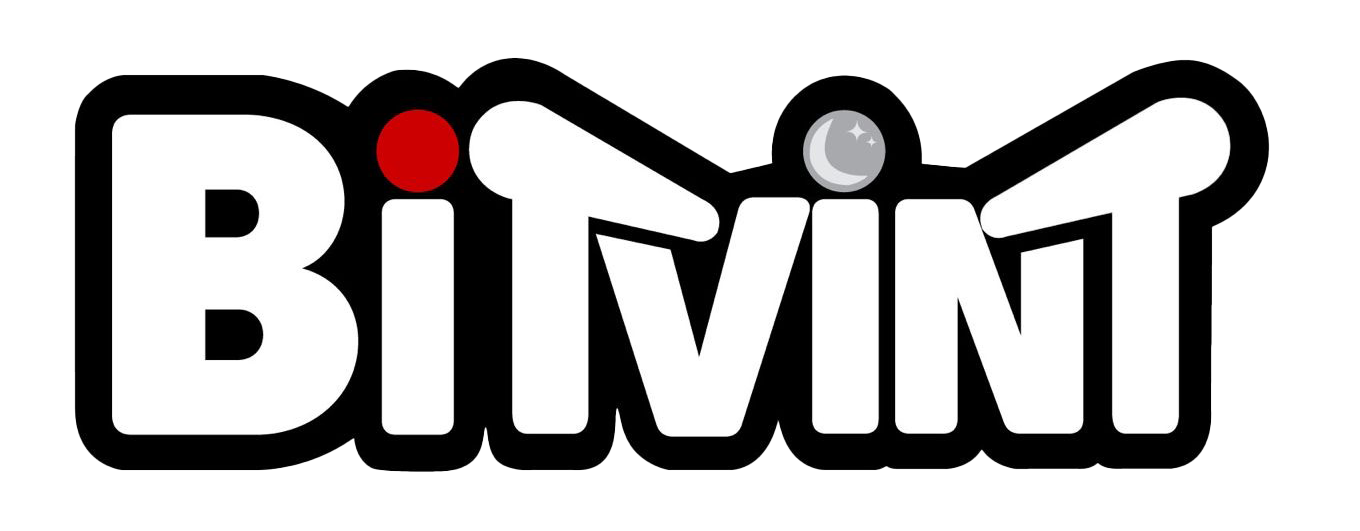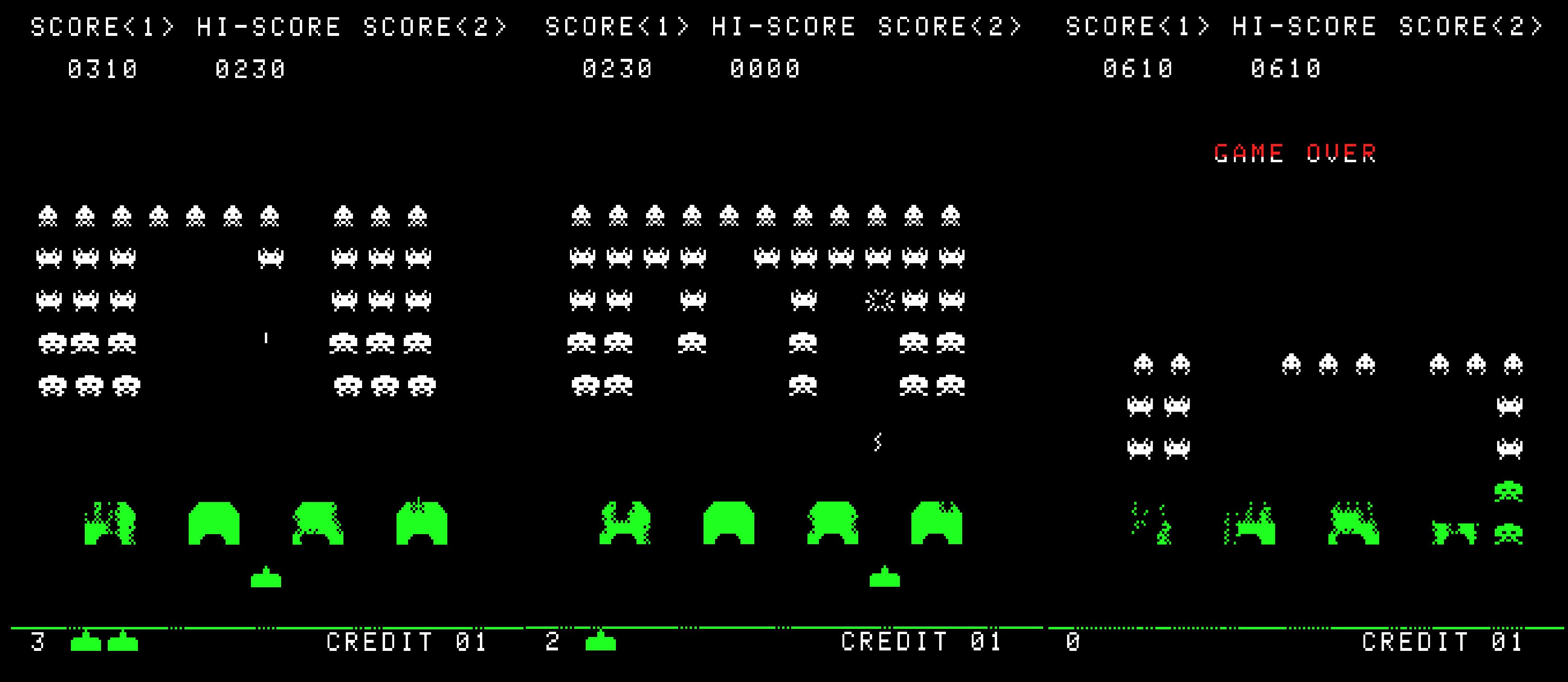Introduction
Few arcade games have had as profound an impact as Space Invaders. Released in 1978 by Taito, the game revolutionized the industry, turning arcades into social hubs, igniting the golden age of gaming, and influencing every shooter that followed. But its road to success was far from certain. From skeptical executives to design struggles, Space Invaders almost never happened. Here’s how it became one of the most important video games of all time.
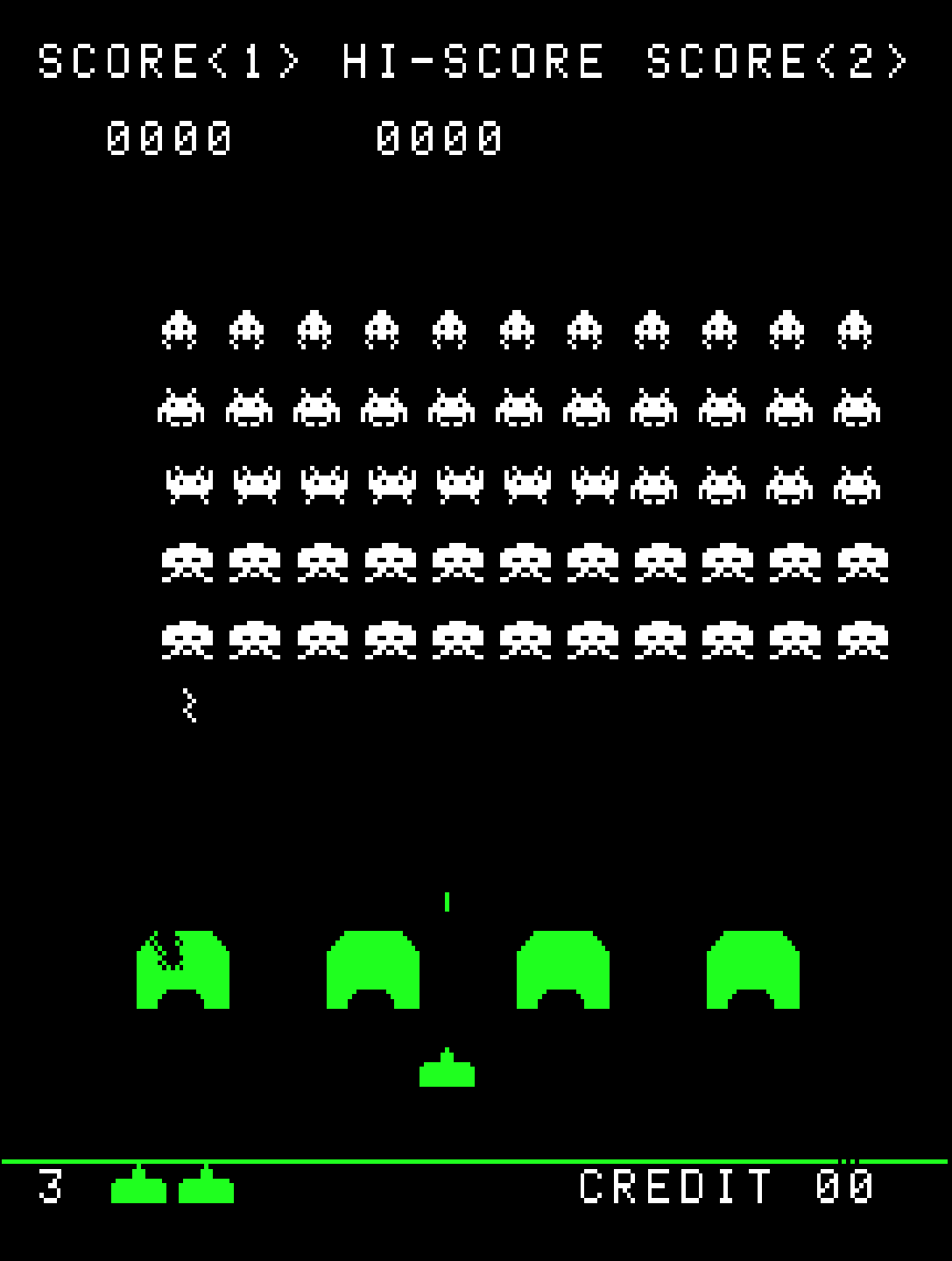
The Birth of Space Invaders
Tomohiro Nishikado, the creator of Space Invaders, found inspiration in an unlikely place: H.G. Wells’ War of the Worlds.
“When I was little, War of the Worlds by author H.G. Wells was very popular. So having grown up seeing that, I thought that aliens were octopuses. I’d look up at the night sky and wonder whether aliens may come and attack us. That’s why we used octopuses as the biggest enemies in Space Invaders.” – Tomohiro Nishikado, Creator Space Invadors, High Score, Netflix
However, the road to its creation wasn’t as straightforward as blasting alien invaders. Nishikado originally wanted to make a battle-based game, experimenting with tanks, planes, and ships. Nothing quite worked. Then he tried soldiers, and while the gameplay was fun, it didn’t feel right.
“But people shouldn’t be shot. About the same time, in the US, there was talk of Star Wars coming out. So we decided to go with something like a droid, which moves like a human but isn’t a human. That decision ultimately became Space Invaders.” – Tomohiro Nishikado, Creator Space Invadors, High Score, Netflix
The game was also influenced by Atari’s Breakout, which had simple yet addictive mechanics. Nishikado wanted to capture that same “just one more game” replay appeal.
“For the Space Invaders game, I was inspired by Atari’s Break Out game. It was a game that made you want to play and play it again. It was amazing.” – Tomohiro Nishikado, creator Space Invadors, High Score, Netflix
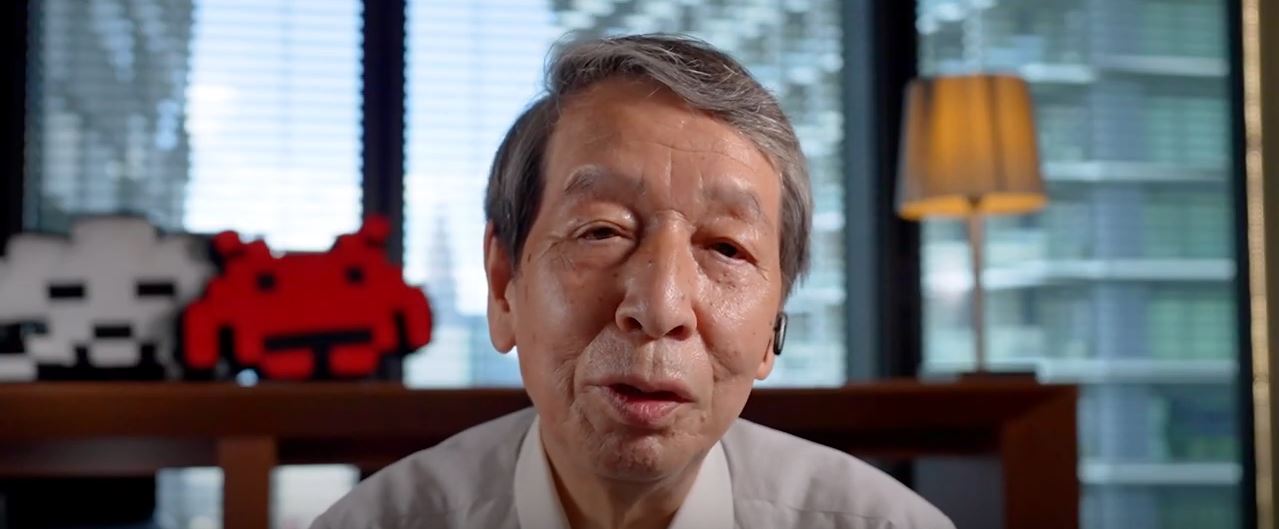
Interview with Tomohiro Nishikado
Skepticism at Taito and a Bold Prediction
When Taito saw Nishikado’s final design, they weren’t convinced it would be successful outside Japan. However, one executive at Taito of America had a different vision.
“I was exceptionally confident that it would do good in this country. I had just started with the company (Taito of America), and they thought I was a nut. I said we could sell tens of thousands, and they said, ‘You can’t sell that many.’” – Keith Egging, former vice president of project development, Taito of America, The Ultimate History of Video Games
Despite this initial doubt, Taito licensed Space Invaders to Bally’s Midway division, which handled U.S. distribution. The move paid off. By October 1978, Space Invaders invaded America, dominating arcades and pop culture.
“Still, Taito thought the game wouldn’t do well overseas because it was so different. Taito of America disagreed and approached Bally’s Midway division. Midway licensed Space Invaders for U.S. distribution and began selling it in America in October 1978. The aliens invaded not just Earth but American pop culture.” – Jamie Lendino, author and gaming historian, Attract Mode
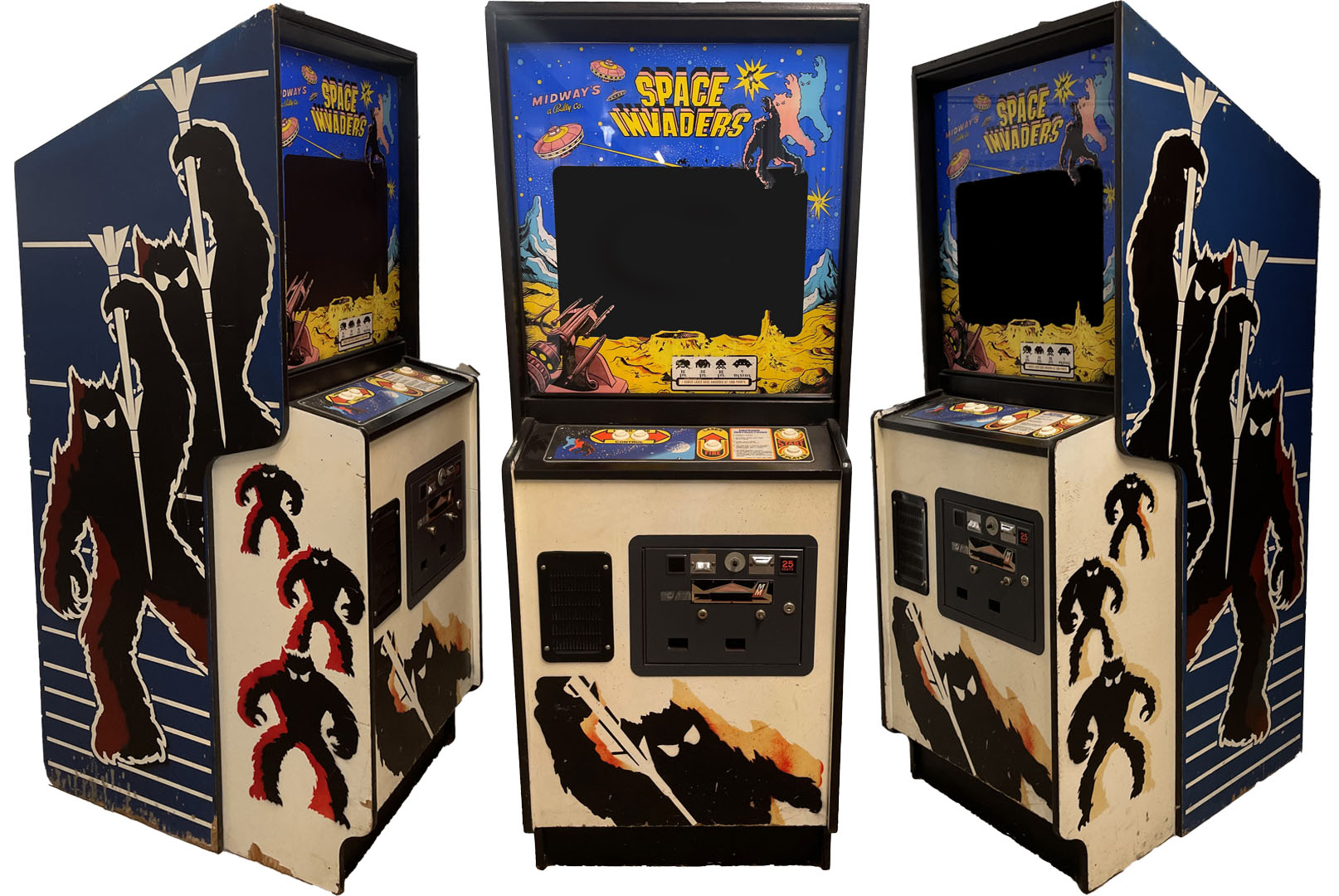
An Unprecedented Boom
The game’s popularity led to arcade shortages, wild profits, and even urban legends about a coin shortage.
“Taito launched Nishikado’s creation, Space Invaders, in Japan in July 1978. Within months, the country’s largest competing Pachinko manufacturer shut down from the sudden loss of business. By the end of the first year, Taito had already sold 100,000 Space Invaders machines for $600 million. The Bank of Japan reportedly had to triple its production of 100-yen coins for addicted gamers, although an oft-told story that the government declared a shortage of those coins on account of Space Invaders is probably not true.” – Jamie Lendino, author and gaming historian, Attract Mode
And how successful was the game? The answer was in the money.
“About four months after the release of Space Invaders, I went to the head office this one time and saw a truck collecting money. I saw how the back of it was low down with bags of money being unloaded from it, sinking into the ground. That’s when I got a feel of how much money was being made.” – Tomohiro Nishikado, creator of Space Invaders, High Score, Netflix
This success set the stage for the arcade industry boom of the early 1980s. The success of Space Invaders inspired games like Asteroids, Pac-Man, and Galaga, helping to define an entire era of video gaming.
“Hits like Bally’s Space Invaders and Atari’s Asteroids were bringing in loads of quarters, and Stroll wanted Williams Electronics to hit the ground running.” – Ken Horowitz, author and professor, From Pinballs to Pixels

The Legacy of Space Invaders
Space Invaders wasn’t just a game—it was a phenomenon. It transformed video games into a global business, inspired countless arcade titles, and cemented Taito’s legacy in the gaming industry.
“For Taito, Space Invaders can be seen as the place where it all began. We were trying all sorts of new things at the time: new game content, new marketing strategies, and it all took off, leading to the boom. I want to carry forward that image for Taito in the future too.” – Yoichi Wada, former Taito president, Shmuplations
Even today, the game’s influence can be seen everywhere, from modern shooter mechanics to competitive gaming culture. It wasn’t just about blasting aliens—it was about proving yourself, one quarter at a time.
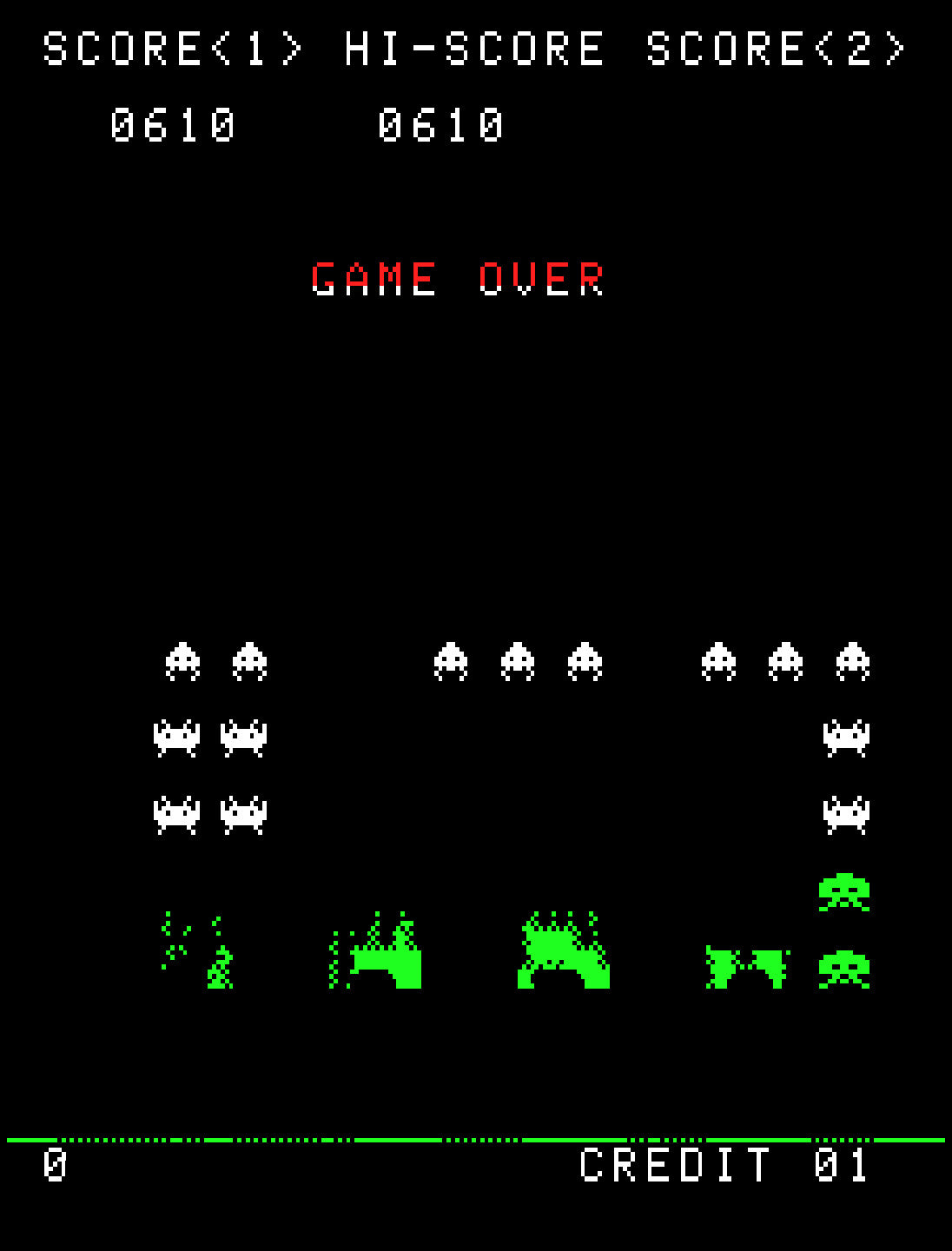
Conclusion
Space Invaders wasn’t just a milestone in video gaming—it defined an era. It laid the foundation for the shoot ‘em up genre, introduced high scores as a competitive mechanic, and turned arcades into social arenas. More than four decades later, its impact is still felt in every corner of gaming history.
Would there have been a golden age of arcades without Space Invaders? Maybe. But it certainly wouldn’t have looked the same.
Sources and Further Reading
- The Ultimate History of Video Games – Steven L. Kent
- Attract Mode: The Rise and Fall of Coin-Op Arcade Games – Jamie Lendino
- High Score (Netflix, 2020) – Episode 1
- From Pinballs to Pixels - Ken Horowitz
- Electronic Games Magazine (Winter Issue 1981), (Issue March 1982) (Issue January 1983), (Issue January 1984)
Related Pages
- The Story Behind Ms.Pac-Man: From Unauthorized Mod to Arcade Classic
- The Video Game Crash of 1983: What Really Happened & Its Lasting Impact
- The Rise and Fall of Vector Graphics in Arcade Gaming
